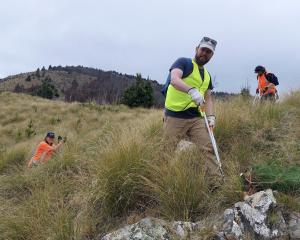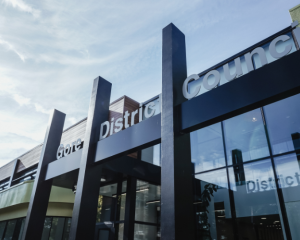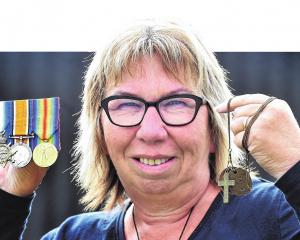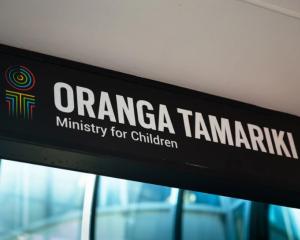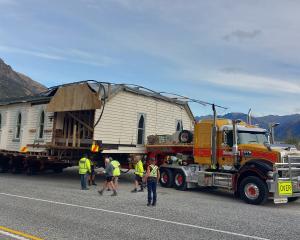There has been little change in water quality over the past 10 years in Southland, according to the latest data released.
The findings were revealed on the annual update of river water quality data on the Lawa (Land, Air, Water Aotearoa) website.
Indicators measured at each site fall into a band, from A (good) to D or E (poor).
Of the 61 sites monitored for E. coli, only 10 fall into A and B band suggesting these sites would be suitable for swimming, based on the long-term monitoring grade.
Environment Southland chief executive Rob Phillips said, while it was positive monitoring was not showing further decline, improvements were needed.
“The analysis suggests that the ongoing work to improve land management practices is helping to halt further decline, but it’s not getting us far enough to see improvements. This information reinforces the need to do more,” Mr Phillips said.
“There’s a lot of work being done in the catchments across Southland, but we need to continually innovate and change our practices to ensure that we can improve the hauora, or health and resilience of our waterways.”
The river water quality data on the Lawa website provides information on six indicators of river health, across four different land cover types.
Southland’s results align with the national picture, where water quality is generally best in rivers and streams running through catchment with native vegetation, and poorer water quality coming through the more modified areas, like pasture and urban land cover.
Other results were:
- Macroinvertebrate monitoring shows the lowest scores come in the pasture-covered land, with 18 of the 57 sites in the D band and none in the A band. The number of sites below the bottom line (D band) has been increasing over time.
- None of the Southland sites fall into the D band for ammonia toxicity and nitrogen and about half are classified in the A band for both indicators.
- Dissolved reactive phosphorus results show 40% of sites fall into the A band and the other 36 sites fall evenly across the B, C and D bands.
- For suspended sediments, of the 36 sites 14 are in A band (seven in pastureland cover and seven in native vegetation land cover).
Mr Phillips said while solid progress had been made, they still did not have all the answers..
‘‘By improving the way we manage our land, cutting pollution from our businesses and homes, and by working together, we can find practical, innovative solutions to improve our environment for future generations,” he said.
“We are drawing together the latest environmental science, regional economic analysis, Ngai Tahu matauranga (knowledge) and local input to work out how to achieve what we all want, and meet our responsibilities as set out in legislation and regulations. Our focus is on what we can achieve in the next 10 years.”
Comments
" little change in water quality over the past 10 years in Southland"
Well, thats patently not good enough. Sadly with the denier/resister element keen on,if not retaining the toxic status quo,then dragging their feet, will we see this for 10 more years?
"Of the 61 sites monitored for E. coli, only 10 fall into A and B band suggesting these sites would be suitable for swimming"
Regional Councils need to ENFORCE their talk....



